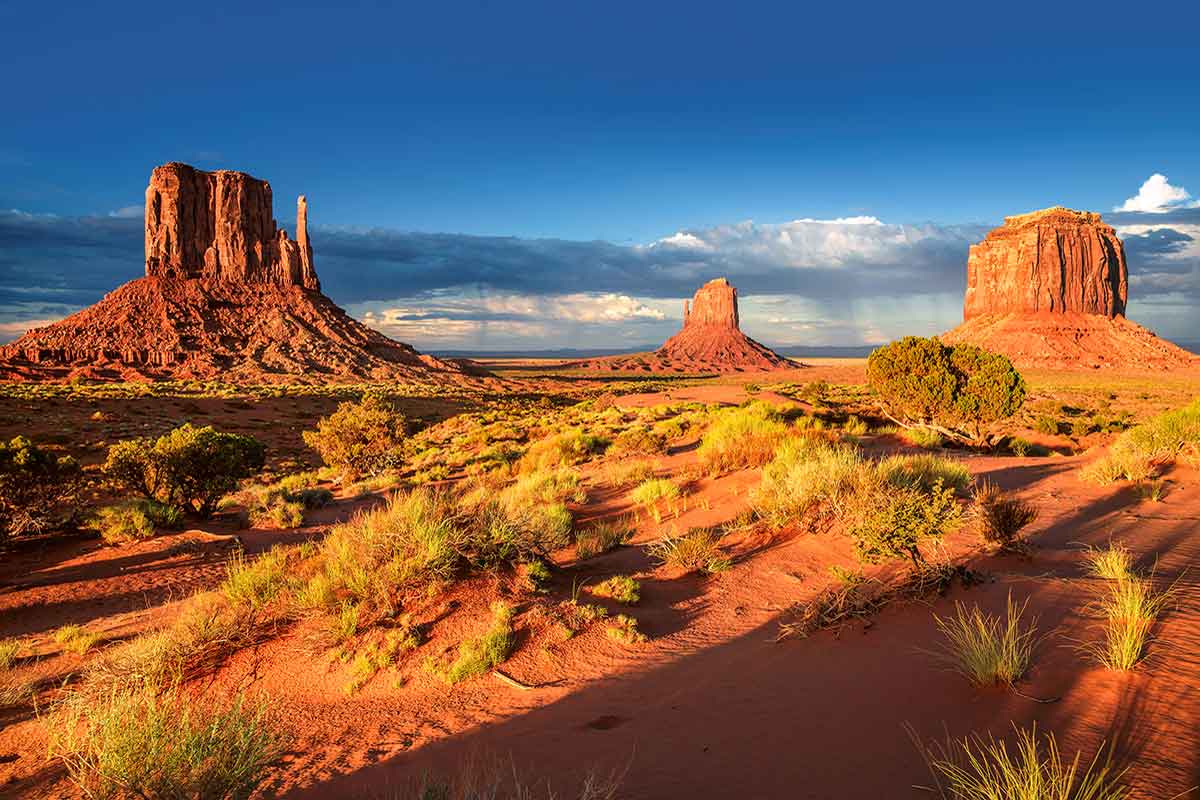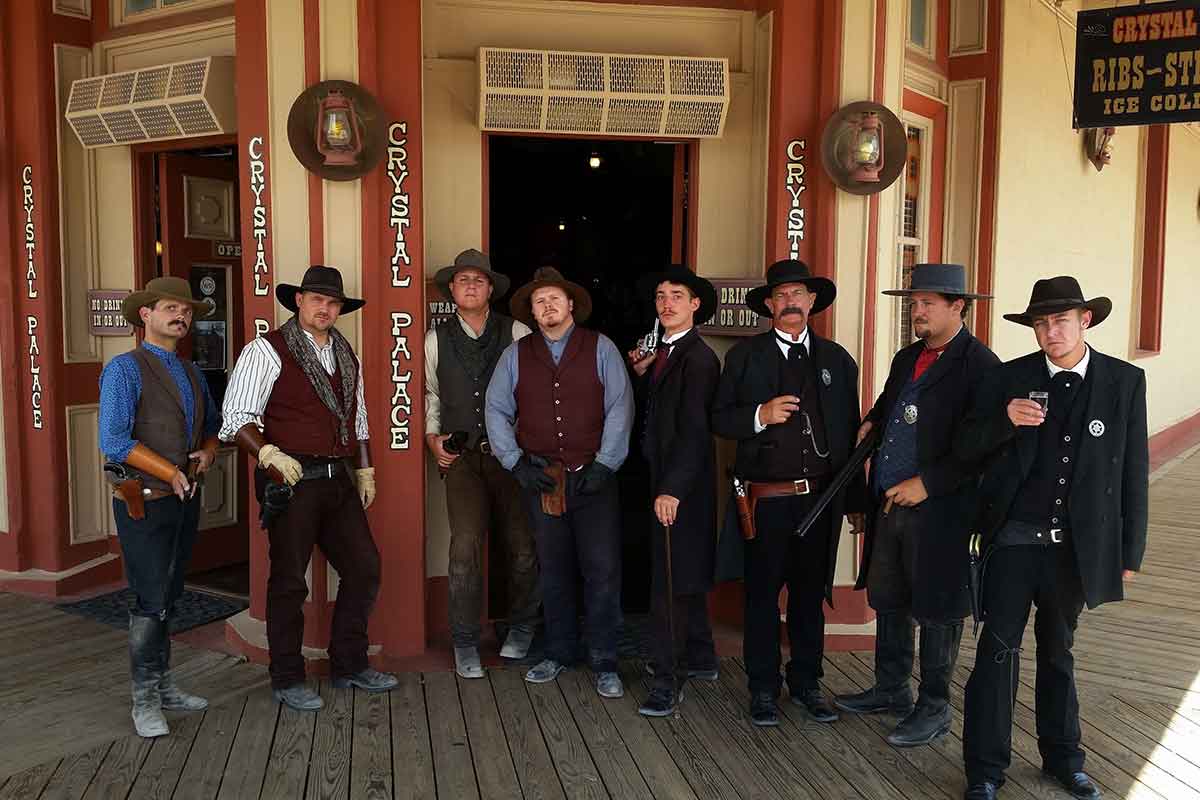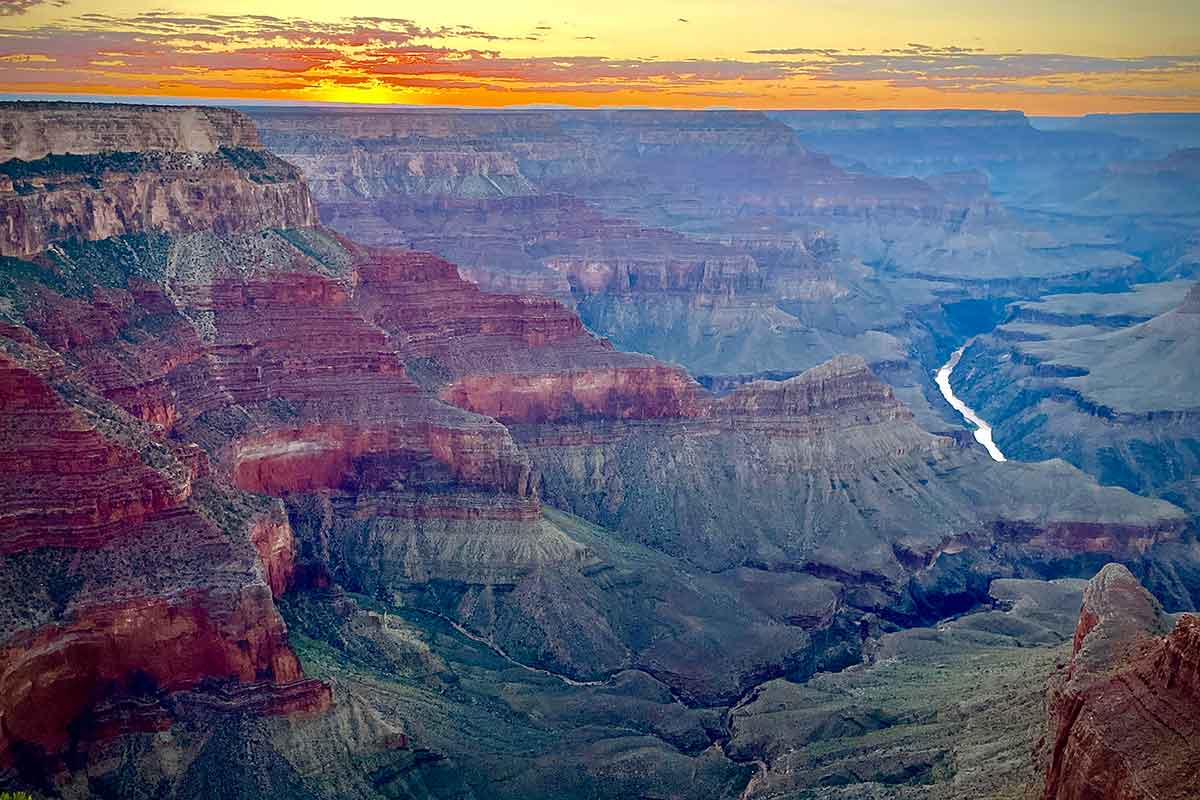“Yá’át’ééh.” Welcome to the Navajo Nation. The Navajo Nation is a Native American territory that lies in northeastern Arizona, southeastern Utah, and northwestern New Mexico. The Navajo Nation covers over 27,000 square miles with a population of over 300,000. It is the largest area retained by any federally recognized tribe. This area attracts thousands of visitors every year. It is important to remember that the Navajo have some cultural and social etiquette that are useful for non-natives to know before visiting the Navajo Nation.
Social Etiquette when Visiting the Navajo Nation
Visitors are welcomed with open arms in Navajoland. However, Navajo greetings and social interactions are a bit different than what non-natives are used to. Overall, Navajos value personal space and have a larger area of personal distance than non-natives. They use very little eye contact and generally do not hug when greeting someone new. Don’t forget, just like people in your hometown or community, the Navajo people like to be treated with respect. Nevertheless, once they get to know you, the Navajo are warm, inviting people who enjoy living in harmony with visitors.
Jewelry and Hair are Sacred
The recognition of personal space includes clothes, hair, and jewelry when touring the Navajo Nation. Non-natives are accustomed to touching a piece of jewelry or long hair in admiration. However, the Navajo would prefer a compliment in words, not in touch. In fact, it’s considered a violation of that personal space to touch a Navajo’s hair. Often, jewelry worn by the Navajo is breakable, can easily detach, or is worn for ceremonial purposes. If you are compelled to feel a piece of clothing or item of jewelry, it’s okay to ask. Although, be aware that an invitation to do so may not be offered.
Dances and Other Customs are Ceremonial
Dances like the Enemy Way Dance, Yeibicheii Dance, and others are mostly held for Navajos by Navajos and are not open to the public. However, pow-wows and dances are often governed by the seasons and are sometimes exhibited in public forums. Many of these events are of a religious nature and should be accorded the same deference as a church or prayer service, even if tribal members behave informally. Please do not ask ‘to see’ a certain dance, and refrain from applauding unless obviously apparent. At the same time, many Navajo fairs, festivals, and parades are open to the public. These are great for non-natives to attend to learn about the Navajo culture.
Be Mindful when Taking Photos while Visiting the Navajo Nation
Remember to be conscious of taking photographs of the Navajo Nation. A good rule of thumb is not to take photos without asking unless it is a public event. Special permits are required when photographing for commercial use.
Be Present When Visiting the Navajo Nation
Experiencing any new culture is a time to be present. The Navajo strive to live in harmony with Mother Earth, Father Sky, and the many other elements such as man, animals, plants, and insects. Visiting the Navajo Nation is a great time to turn off those iPhones and Androids. It is a great time to disconnect from the hustle and bustle of your everyday life. Immerse yourself in the Navajo culture and soak in every moment of this new adventure.
Visit the Navajo Nation With An Open Mind
A visit to the Navajo Nation promises a rich tapestry of experiences, from the awe-inspiring natural wonders to the vibrant cultural heritage. Approach this journey with an open mind. Respect the traditions and customs of the Navajo people, and you’ll find yourself immersed in a truly unforgettable adventure.
Navajo Nation History and Culture
The Navajo Nation’s history is deeply intertwined with the vast landscapes of the American Southwest. They have resided there for centuries. With a rich cultural heritage, the Navajo people, or Diné, have a unique language, traditions, and artistry that have endured through generations. Their history is marked by resilience. They navigated challenges such as the Long Walk, a forced relocation in the 1860s. After, they worked hard to preserve their cultural identity.
Language
The sacred Navajo language has complex tonal qualities. It reflects a profound connection to the land and the spiritual beliefs embedded in their daily lives.
While visiting the Navajo Nation, take the time to appreciate the nuances of the Navajo language, a vital aspect of their cultural identity. Engaging with locals and learning a few basic phrases can enhance your overall experience and foster a deeper connection with the community.
Art
Navajo art, including intricate sand paintings, silver jewelry, and vibrant rugs, is a testament to their creativity and craftsmanship.
Many local artisans create these masterpieces, showcasing their skill and preserving the traditional craft. Consider supporting the local economy by purchasing authentic Navajo art as souvenirs when visiting.
Navajo Food Culture
Navajo food is another highlight when visiting the Navajo Nation. Their tacos are a local delicacy not to be missed. Experience the unique flavors that blend traditional ingredients with a modern twist. This reflects the fusion of cultures in this diverse region.
Today, the Navajo Nation is a vibrant community, embracing tradition and progress. They welcome visitors to share their culture’s beauty and the breathtaking landscapes they call home.
Explore the Navajo Nation’s national historic sites to delve deeper into Navajo history.
Navajo Nation Historic Sites
When visiting the Navajo Nation, you can travel back in time to see how the Anasazi people (or Ancient Ones) lived thousands of years ago. Well-known landmarks of the Navajo Nation include Window Rock, Canyon de Chelly, Monument Valley, Antelope Canyon, and 186 miles of Lake Powell shoreline.
Navajo Nation parks are scattered throughout the region. Each offers a unique perspective on the landscape and history of the area. The tribal parks are managed by the Navajo Nation government, ensuring the preservation of these natural and cultural treasures.
Four Corners Monument
While in the area, don’t miss the chance to visit the Four Corners Monument. It is a landmark where Arizona, Utah, Colorado, and New Mexico meet. The unique geographical location of this Navajo tribal park allows you to stand in four states simultaneously. It is a novelty worth experiencing.
Antelope Canyon
Antelope Canyon is a stunning slot canyon with smooth, flowing curves carved for centuries by wind and water. It is a must-visit in your exploration of the Navajo Nation. Located within the Navajo reservation, this geological wonder is a photographer’s dream. Guided tours are available, providing insights into the canyon’s formation and significance to the local Navajo families who consider it sacred.
Colorado River Gorge
For a taste of adventure, consider exploring the Colorado River Gorge. There, the river has carved a path through the red rocks of Northern Arizona. The rugged beauty of this landscape is another testament to the resilience of the Navajo people who have called these lands home for generations. Engage in outdoor activities offered by the Navajo Nation recreation department, such as hiking or rafting, to truly appreciate the breathtaking scenery.
Monument Valley
Monument Valley, with its iconic red mesas and buttes that seem to defy gravity, is not to be missed when visiting the Navajo Nation. This sacred site is a geological wonder and a significant part of Navajo history and culture. It is featured in countless films and photographs. Guided tours through the valley offer a deeper understanding of the spiritual significance attached to these majestic formations. They provide a glimpse into the stories passed down through generations.
Canyon de Chelly
Explore the ancient ruins of the Anasazi people in Canyon de Chelly. It is a breathtaking sandstone canyon complex that showcases the ancient history of the Anasazi people. Carved by the forces of wind and water, the canyon is home to well-preserved Anasazi ruins, petroglyphs, and pictographs. These offer a tangible connection to the region’s past.
Guided tours by Navajo guides provide insights into the cultural and historical significance of the canyon. Thus, they are an immersive experience that unveils the layers of stories etched into its walls.
Grand Canyon
In the expansive landscape of the Navajo Nation, the Grand Canyon stands as a testament to the geological wonders that define the area. While not directly within the Navajo reservation, it’s a nearby marvel worth exploring. It offers a different perspective on the natural beauty that surrounds the region.
No matter what park you choose to visit within the region, you’ll find yourself immersed in the rich tapestry of Navajo history and culture.
“Ahéhee’” (Thank you, in Navajo) for choosing to explore the beauty and history of the Navajo Nation. We invite you to the Navajo Tourism Department’s website for more information about the Navajo Nation. Often times, navigation and/or Google Maps are unreliable, so we strongly recommend visiting the Navajo Nation with a tour guide who knows the area intimately.



